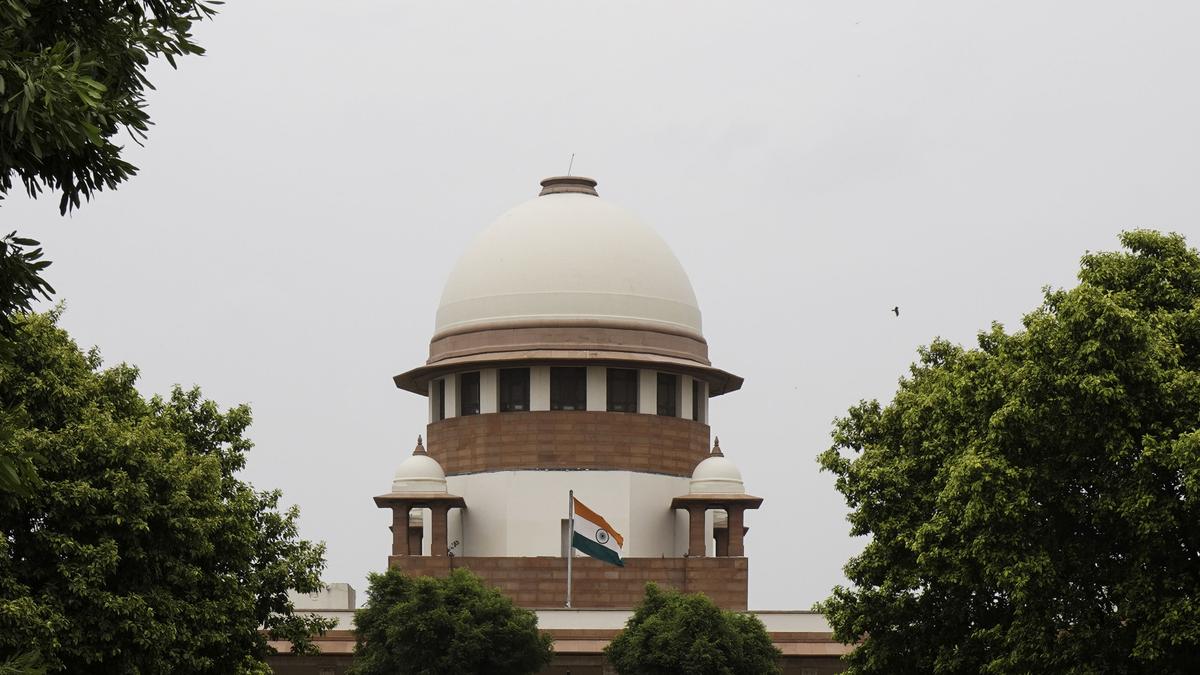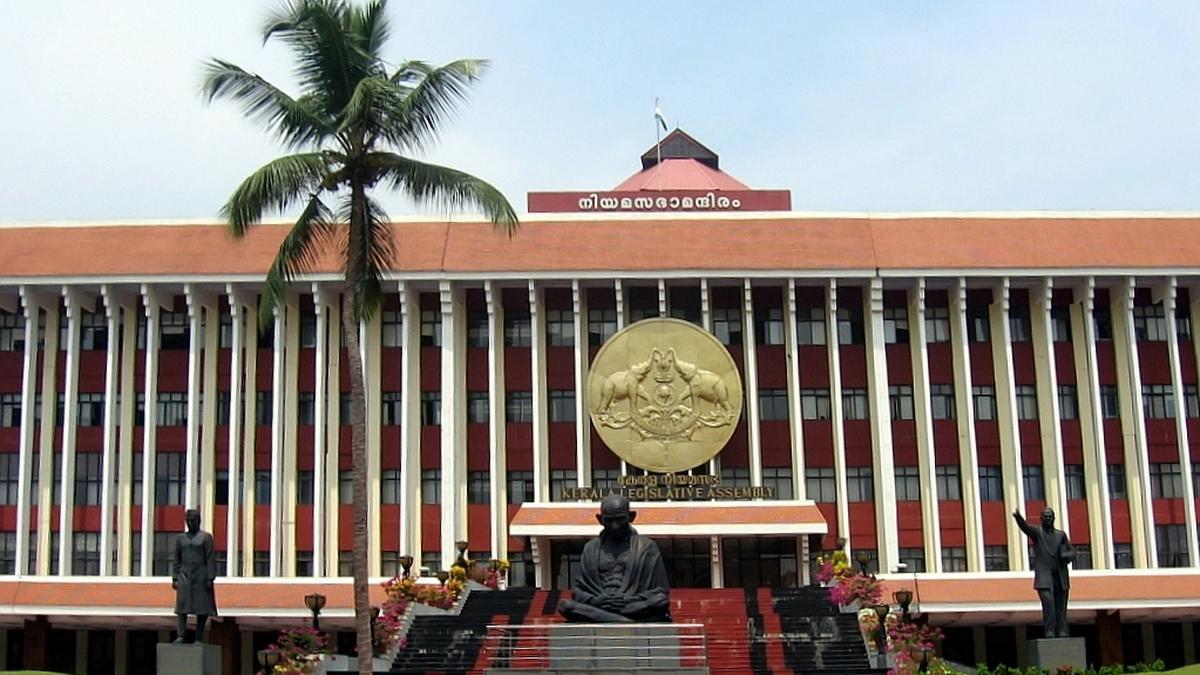Now Reading: Supreme Court SIT Clears Vantara of Allegations
-
01
Supreme Court SIT Clears Vantara of Allegations
Supreme Court SIT Clears Vantara of Allegations

Quick summary
- The Supreme Court noted that the Special Investigation Team (SIT) chaired by Justice J.Chelameswar has given a clean chit to Vantara, a zoological rescue and rehabilitation center in Jamnagar, Gujarat.
- SIT was tasked with independently appraising allegations of violations at Vantara.
- Justices Pankaj mithal and Prasanna B. Varale stated the report confirmed full compliance with legal and regulatory frameworks.
- stakeholders presented views to the SIT, which led authorities to express satisfaction with regulatory adherence at Vantara.
- Solicitor General Tushar Mehta and Senior Advocate harish Salve urged the Court not to annex the full report citing potential commercially confidential content; the Bench agreed but may include a summary in its records.
- The SIT panel included well-regarded officials: Justice Raghavendra chauhan (former Chief Justice), Hemant Nagrale (ex-Mumbai Police Commissioner), Anish Gupta (IRS officer), alongside Justice chelameswar.
- SIT’s investigation covered issues such as animal acquisition processes, Wildlife Protection Act compliance, CITES adherence for international trade involving animals, animal husbandry standards, welfare norms compliance, mortality causation analysis, climatic impact assessment on animals housed near an industrial zone.
Read more: How Kolhapur villagers fought for an elephant
Indian Opinion Analysis
The Supreme Court’s endorsement of Vantara’s practices following a rigorous inquiry by an experienced panel signals significant advancements in environmental law enforcement and wildlife rescue efforts in India. This sets a precedent highlighting institutional audits as critical tools for balancing conservation objectives with commercial ventures.By confirming adherence to national laws like the Wildlife Protection Act and international regulations under CITES-critical benchmarks in wildlife management-the ruling reinforces India’s commitment towards ethical treatment of fauna.
Though, concerns raised over withholding detailed disclosure of findings underscore sensitivities around openness versus commercial privacy-a recurring debate within private conservation initiatives functioning alongside public interests.This case also emphasizes systemic scrutiny necessary when industrial proximity risks impacting rescued animals housed within these facilities. Looking ahead, stakeholders across ecological management could benefit from lessons advocated by such examples while advancing standards uniformly nationwide without compromising either biodiversity priorities nor environmental justice outcomes.
























